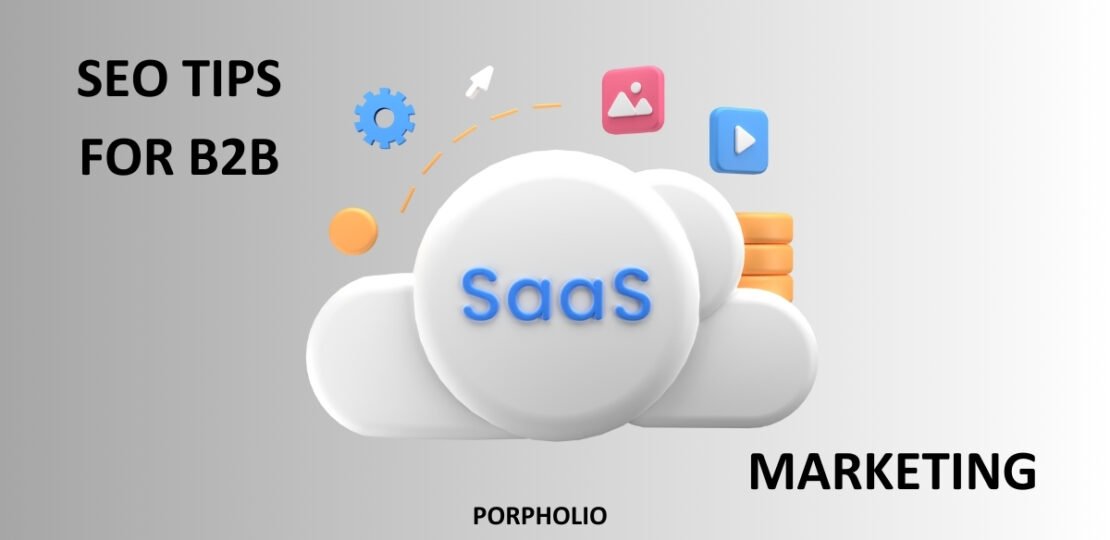SEO for B2B SaaS Marketing: Tips for Ranking Your Product Pages
December 28, 2024 | by PTech Hub

In the competitive landscape of B2B SaaS marketing, achieving high search engine rankings can significantly boost your visibility and drive qualified traffic to your product pages. But with so many strategies and best practices to consider, where should you start? Here are essential tips for optimizing your product pages to enhance your SEO efforts and attract more potential clients.
1. Understand Your Audience and Their Search Intent
Before diving into optimization, it’s crucial to understand your target audience and their search behavior. For B2B SaaS products, your audience may be seeking solutions to specific problems or looking for detailed comparisons and reviews. Conduct thorough keyword research to identify terms and phrases that align with your audience’s needs and queries.
Tip: Use tools like Google Keyword Planner, SEMrush, or Ahrefs to discover relevant keywords and assess their search volume and competition.
2. Optimize for Relevant Keywords
Incorporate your identified keywords strategically throughout your product pages. Focus on both primary and secondary keywords, including long-tail variations that reflect specific user queries. Ensure that your keywords appear naturally in key areas, such as:
- Page Titles
- Meta Descriptions
- Headings (H1, H2, H3)
- Product Descriptions
- URL Slugs
- Image Alt Text
Tip: Avoid keyword stuffing, which can negatively impact readability and SEO. Aim for a natural and engaging flow.
3. Craft Compelling and Informative Content
Your product pages should provide valuable content that addresses the pain points and needs of your target audience. Highlight the unique features and benefits of your SaaS solution, and use clear, persuasive language. Incorporate case studies, customer testimonials, and use cases to build credibility and showcase real-world applications.
Tip: Use engaging multimedia elements like videos, infographics, and screenshots to illustrate your product’s features and benefits effectively.
4. Focus on On-Page SEO Elements
Optimizing on-page SEO elements is essential for improving your product pages’ search rankings. Ensure the following elements are well-optimized:
- Title Tags and Meta Descriptions: Craft compelling and descriptive title tags and meta descriptions that include your target keywords and entice users to click through.
- Headings: Use headings and subheadings to organize your content and make it easier for search engines and users to navigate.
- Internal Linking: Include internal links to related pages or blog posts to enhance user experience and distribute page authority across your site.
Tip: Regularly update your content to keep it relevant and aligned with evolving industry trends and user needs.
5. Enhance Page Load Speed
Page speed is a critical factor in both user experience and SEO. Slow-loading pages can lead to higher bounce rates and negatively impact your search rankings. Optimize your product pages by:
- Compressing images and files
- Minimizing HTTP requests
- Leveraging browser caching
- Using a Content Delivery Network (CDN)
Tip: Use tools like Google Page Speed Insights or GT Metrix to analyze and improve your page load speed.
6. Implement Schema Markup
Schema markup helps search engines understand the content on your product pages more effectively, enhancing the chances of appearing in rich snippets and other enhanced search results. Implement structured data markup to provide additional context about your SaaS product, such as reviews, ratings, and pricing information.
Tip: Use Google’s Structured Data Markup Helper to create and test your schema markup.
7. Build High-Quality Backlinks
Building high-quality backlinks from reputable sites can improve your product pages’ authority and search engine rankings. Focus on acquiring backlinks through:
- Guest blogging
- Industry partnerships
- Press releases
- Influencer collaborations
Tip: Avoid black-hat SEO practices like buying links or participating in link schemes, as these can lead to penalties from search engines.
8. Monitor and Analyze Performance
Regularly monitor the performance of your product pages using tools like Google Analytics and Google Search Console. Track key metrics such as organic traffic, bounce rate, and conversion rates to assess the effectiveness of your SEO strategies and make data-driven adjustments.
Tip: Set up goals and conversions in Google Analytics to measure the impact of your SEO efforts on your business objectives.
Conclusion
Ranking your product pages in the competitive B2B SaaS market requires a comprehensive SEO strategy that addresses audience needs, optimizes key on-page elements, and focuses on both technical and content-driven improvements. By following these tips and continually refining your approach, you can enhance your product pages’ visibility, attract more qualified leads, and ultimately drive growth for your SaaS business.
RELATED POSTS
View all



